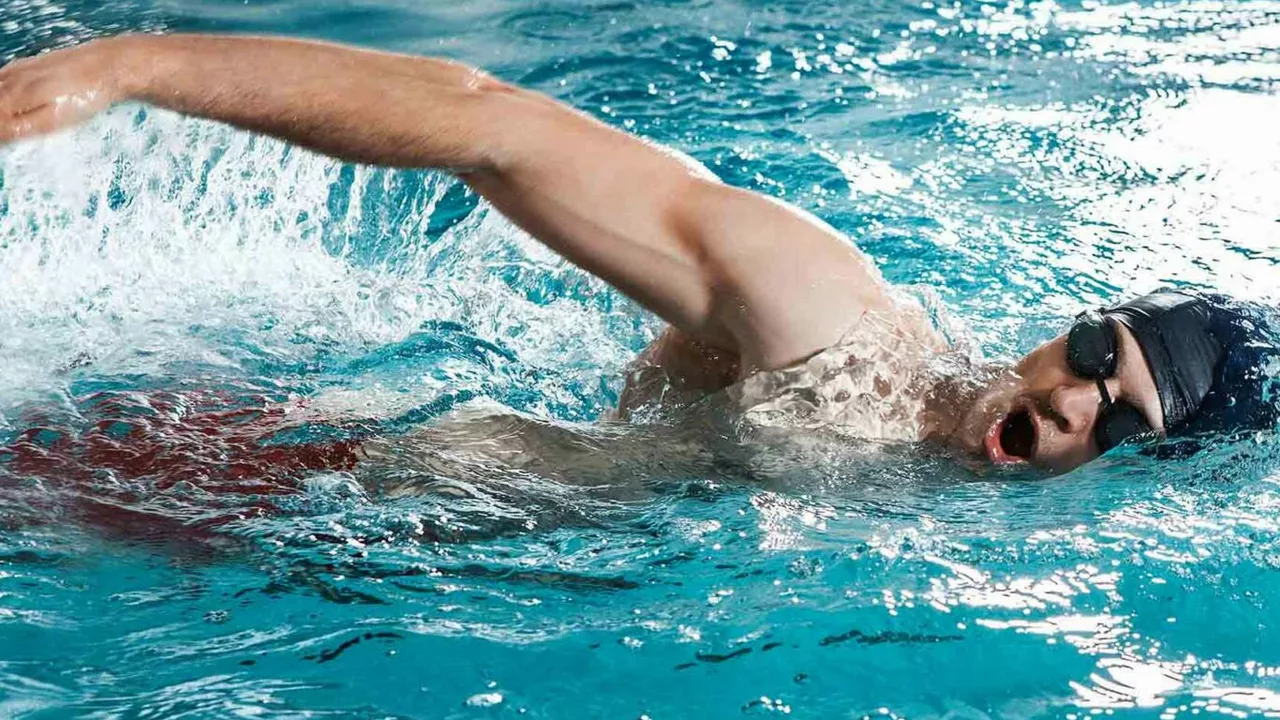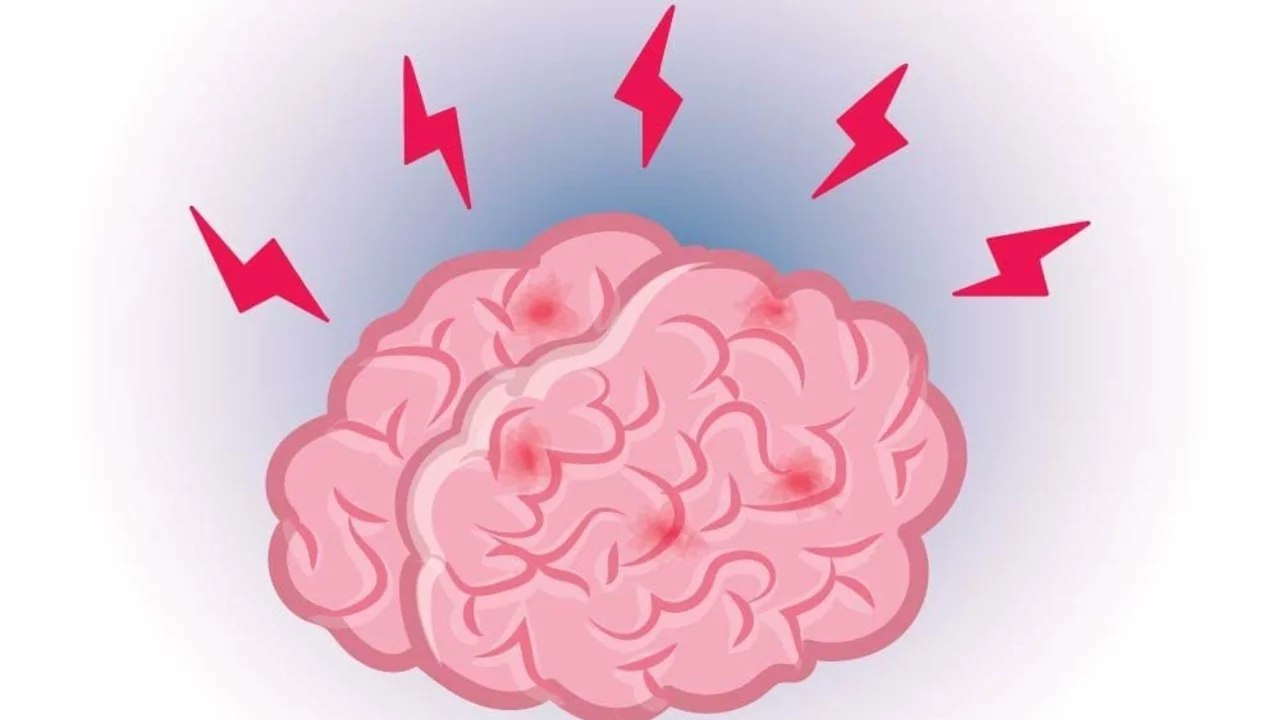Health and Fitness
When we talk about Health and Fitness, the umbrella term for activities that keep body and mind in top shape. Also known as well‑being, it covers everything from cardio sessions to recovery routines. One of the most effective ways to hit that sweet spot is through Swimming, a low‑impact, full‑body workout that blends aerobic conditioning with coordinated movement. Proper Breathing, controlled inhalation and exhalation while in the water turns a simple lap into a brain‑boosting session, while the mental lift from the sport feeds into Brain Health, the overall state of cognitive function and neural resilience. In short, health and fitness isn’t just about looking good; it’s about feeling sharp, staying energetic, and enjoying the water.
One of the first semantic connections you’ll notice is that Health and Fitness encompasses swimming as a core activity. Swimming, in turn, requires precise breathing patterns; mastering those patterns improves lung capacity and circulatory efficiency. When you pair this with the rhythmic flow of strokes, you end up stimulating the brain’s bilateral coordination, which research shows boosts memory and mental clarity. In other words, the sport creates a feedback loop: better breathing fuels better cardio, which powers brain health, which then makes you a more effective swimmer.
Let’s break down how these pieces fit together. First, breathing isn’t just about staying alive in the pool – it acts like a natural metronome for your heart rate. Controlled exhalation during a freestyle pull helps keep the torso stable, which directly influences buoyancy and reduces drag. Second, the cardio boost from swimming raises oxygen delivery to brain tissue, a key factor in neurogenesis—the growth of new brain cells. Third, the repetitive, meditative nature of laps lowers cortisol, the stress hormone, giving your mind an extra edge for focus and creativity.
Swimmers of all ages report clearer thinking after a solid session, and the science backs it up. A 2022 study from the University of Wales found that 30 minutes of moderate‑intensity swimming increased hippocampal blood flow by 15%, correlating with improved short‑term memory. Meanwhile, athletes who practiced diaphragmatic breathing alongside their drills saw a 10% rise in VO₂ max, meaning they could sustain higher effort with less fatigue. Those numbers translate into real‑world benefits: longer training blocks, sharper race strategies, and a mental state that’s ready for life’s challenges.
Beyond the pool, the principles of breathing and movement apply to everyday fitness. Think about a morning jog or a quick HIIT circuit – syncing breath with motion can keep your heart rate in the optimal zone, cutting recovery time. Likewise, the mental discipline you develop from counting strokes or visualizing a perfect turn sharpens attention spans, making it easier to stay on task at work or school. In short, the habits you form in the water spill over into all areas of health and fitness.
What you’ll find in this collection
Below, you’ll discover articles that dig deeper into each of these connections. One post explains why breathing correctly in swimming not only prevents panic but also enhances buoyancy and stroke efficiency. Another piece dives into how swimming beats many other sports when it comes to brain health, outlining the exact cognitive pathways that get a workout with every lap. Together, they give you a practical roadmap to turn a simple swim into a powerhouse for both body and mind.
Whether you’re a beginner looking to build confidence in the shallow end or a seasoned athlete chasing a personal best, the insights here cater to all skill levels. You’ll learn quick breathing drills you can add to any workout, science‑backed tips for maximizing mental gains, and a handful of small tweaks that make a big difference in your overall health and fitness regimen. The goal is to equip you with tools you can apply right away, so the pool becomes a regular part of your wellness routine.
In the end, the synergy between swimming, breathing, and brain health creates a triple‑boost effect that few other activities can match. By understanding how each element supports the others, you can design a training plan that targets endurance, mental sharpness, and overall well‑being simultaneously. Keep reading to see how these concepts play out in real‑world examples and ready‑to‑use strategies that will elevate your health and fitness journey.
Ready to dive deeper? The posts below will walk you through practical techniques, scientific explanations, and everyday tips that turn a simple swim into a comprehensive health hack. Let’s explore how to make every stroke count for your body and your brain.
 Dec, 3 2025
Dec, 3 2025



